Die casting has really made into a wide range of different markets and manufacturing companies are smartly using the die casting process to produce sharply designed, accurate dimensional and smooth textured surface metal parts. We will provide you a complete list where die casting is used along with some information on a very popular topic related to die casting and that is - aluminium die casting process.
The article will help you to understand about die casting, its aspects, types, advantages and most importantly die casting process. So, without further ado let us begin with its definition.
What is Die Casting?
Definition – Die casting is nothing but a manufacturing method of pouring molten metal into the mold cavity.
That means it is a process where the molted metal, in very high pressure, is forced into the molds. These molds are often known as dies. Now, these dies are reusable and specialized tools used in manufacturing industries to give shape to any material. The finished items can be a simple paper clip or a complex piece used in very advanced technology.
As in the die casting process, the dies are specially designed for each product, the chances of creating the components can be very accurate and the die casting process can go over & over again. The most common die casting alloys included aluminium, magnesium and zinc because of their mechanical and non-ferrous properties.
Now, you may wonder - is this process really beneficial? Well, you will find the answer in the next paragraph.
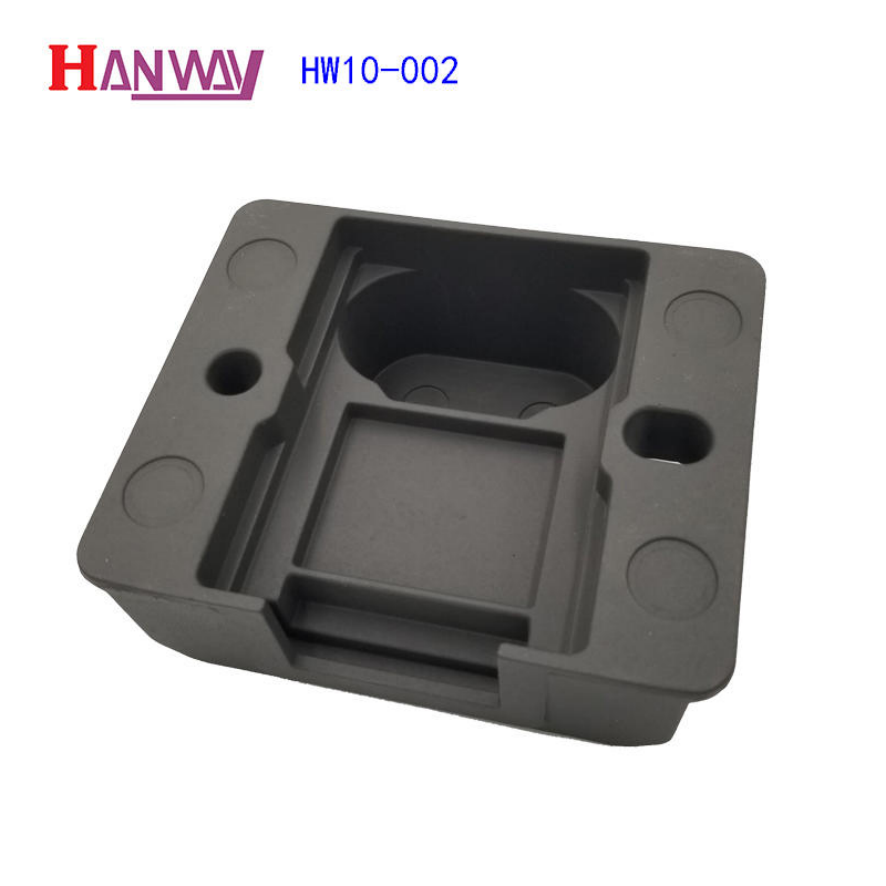 | 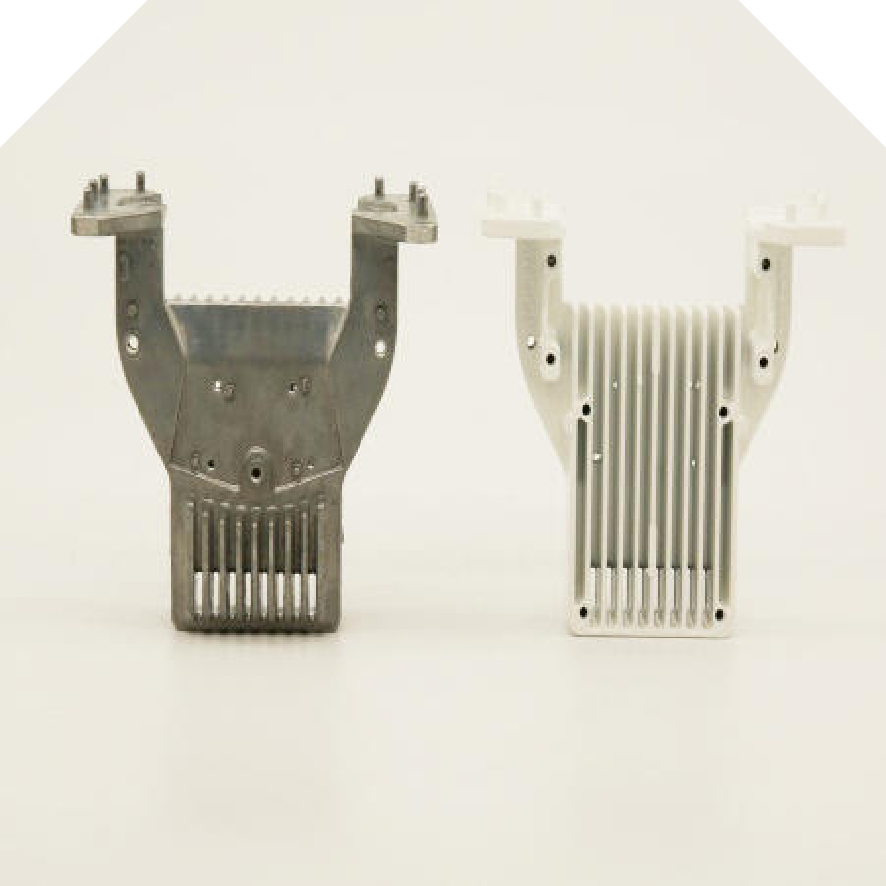 | 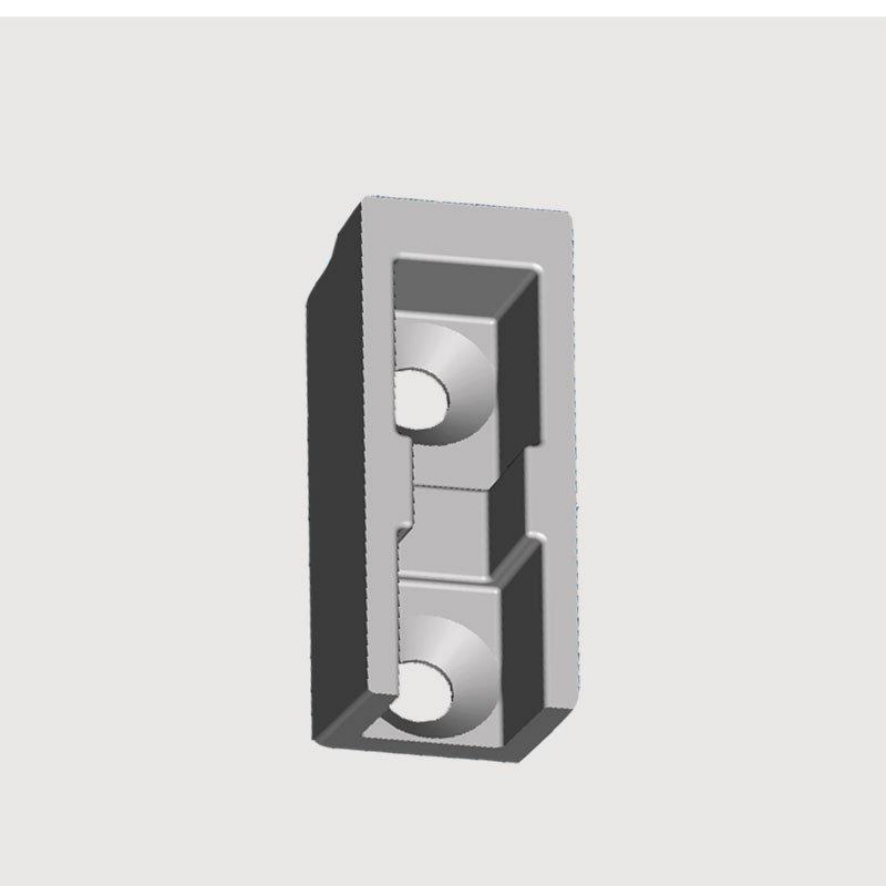 |
Advantages of die casting
Die casting process has very remarkable advantages over other manufacturing methods/processes. Arguably, the outcome of the die casting process saves a lot of money. The overall cost of production can be reduced while using the die casting process. When the production cost is down, the tag price can be down as well.
This is because, when you are casting a part, you can easily create complex shapes, including both internal features with minimal draft angles and external threads. Due to this, the secondary operation is minimized.
Some other advantages include –
1: Combining multiple parts into a single part can eliminate assembly operation
2: Minimizing laboring cost
3: Greater component consistency
4: Variable wall thicknesses
5: Fewer steps from raw material to finished part
6: A very Long tool life, especially for zinc and magnesium
7: Tighter tolerances
8: Reduction in material scrap
9: Increases the production cycle times
Due to the above mentioned advantages die casting process has been used by a lot of manufacturing companies in different industries. Here below is a list that includes some of the areas where the die casting process is widely used and ensured to get the most of it. Remember that the list is to give you an idea of how diverse die casting is, the names are not limited.
Die Casting is used in –
1. Agricultural machinery
2. Lawn and garden equipment
3. Building Hardware
4. Hand Tools
5. Automotive Vehicles
6. Electronic & electrical equipment
7. Industrial Products
8. Home appliances
9. Recreational equipment
10. Portable power tools
11. Office machine
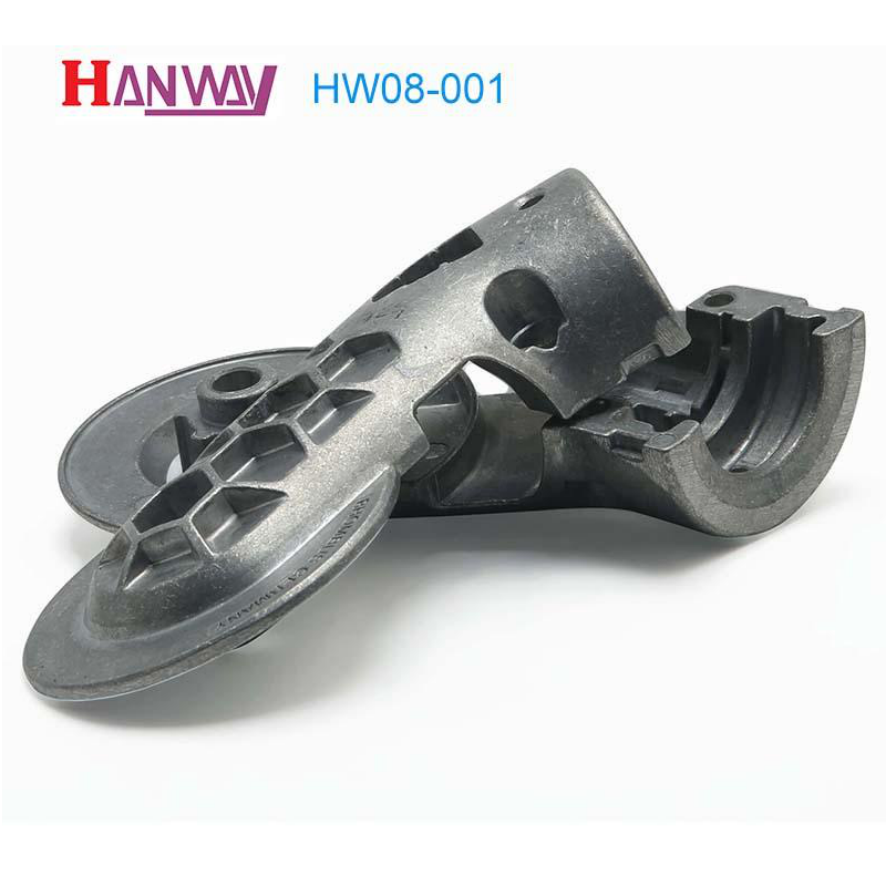 | 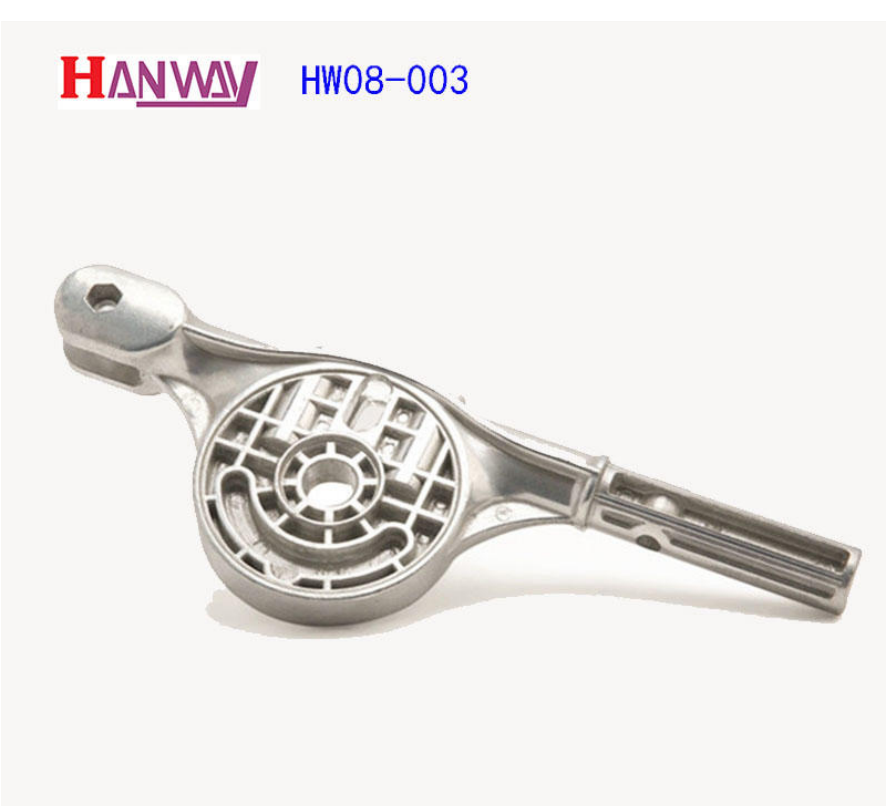 | 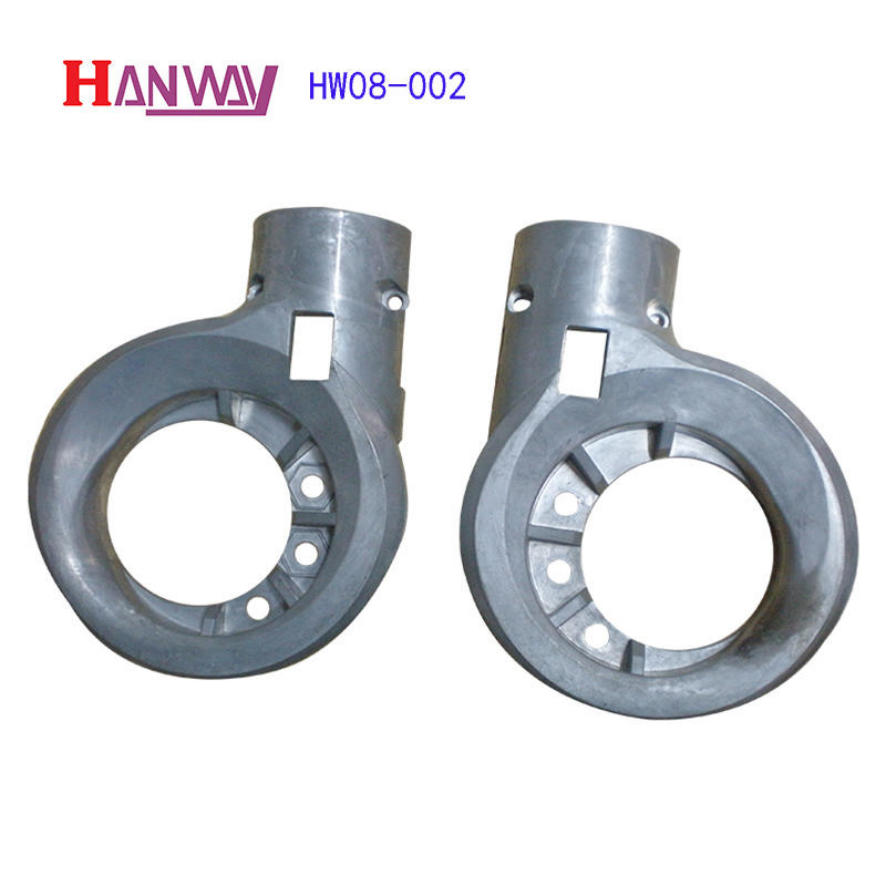 |
Now, let us read about the die casting process and understand how exactly the outcome is produced.
Die Casting Process
Remember - to build a variety of products, it is not possible to use only one process. That being said, just looking at the above list you can easily learn that die casting will not have only one process, this is why we have offered you four types of main die casting process:
1: Hot Chamber Die Casting – It is suited for metals that have a very low-melting-point like zinc and magnesium.
2: Cold Chamber Die Casting – Suited for metals that have a very high melting point like aluminium.
3: Low-Pressured Die Casting – Wheels of a vehicle is fabricated or yield through this process.
4: Vacuum Die Casting – This process is similar to low-pressure die casting but it delivers enhanced strength and minimal porosity.
Let us now dive into another interesting topic that will cover and help you learn about the aluminum die casting process, and most importantly we will introduce you with a manufacturing company that deals with all types of aluminium die casting parts. Now, here is the:
Aluminium Die Casting Process
Aluminium can withstand a very high operating temperature moreover it is very versatile and offers excellent corrosion resistance properties. No doubt it is used in many industries.
In aluminium die casting process, the cold chamber die casting process is used because it is suitable for metals that have a very high melting point.
In aluminium die casting process, the metals are molten in the steel dies using a very high temperature. Now, the aluminium die casting can be completed in a single cavity or multiple cavities depending on the final product.
Now, the molten metal is inserted at high speed as well as a high temperature. This high pressure is maintained till the molten metal becomes solid. The die-cast is then opened to remove the solid product from the cast.
Aluminium die casting has been beneficial and go-to options for industrial industries as it not only gives an advantage of saving a lot of resources to manufacturing companies but also it provides durable and attractive products for its end users.
Aluminium die casting is very economical plus the end products are long-lasting and accurate. This is something that HANWAY know very well and have been using aluminum die casting for more than 14 years. Here is more about them:
HANWAY Metal Products Co. Ltd.
It is an aluminium die casting manufacturing company that has been certified by ISO for its quality, safe and reliable products. Hanway manufacturer has always been an expert when it comes to aluminium die casting service and aluminium tool designing.
Hanway manufacturing company started its services in 1999 and today it is filling the needs of the world’s biggest leading industries and companies.
How you can contact Hanway –
Tel: +86 020-83826468
E-Mail: jane@hanway.com.cn
ADD: Malian Rd, Ganglian Industry Zone, Lishui Town, Nanhai,China
Website: Hanway

